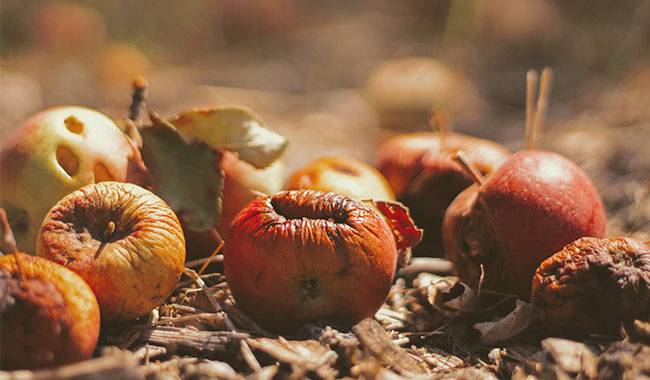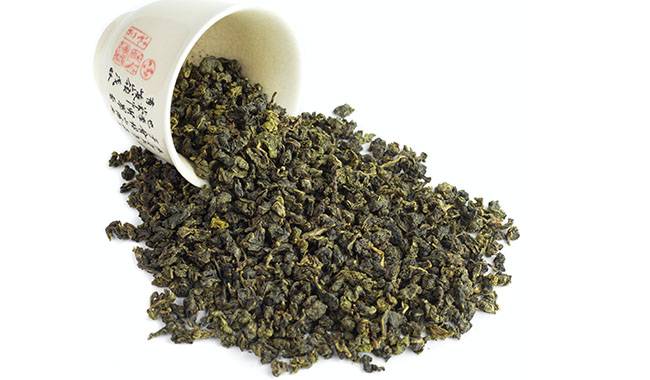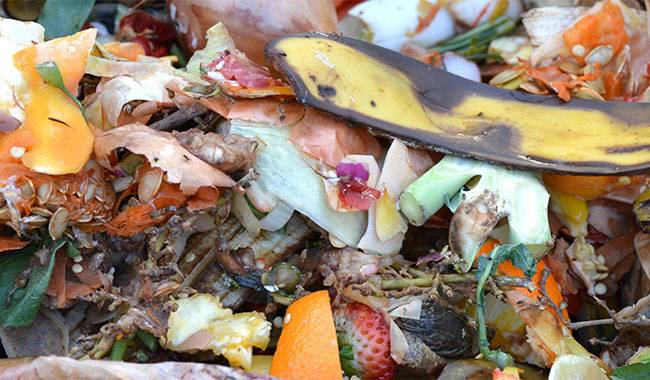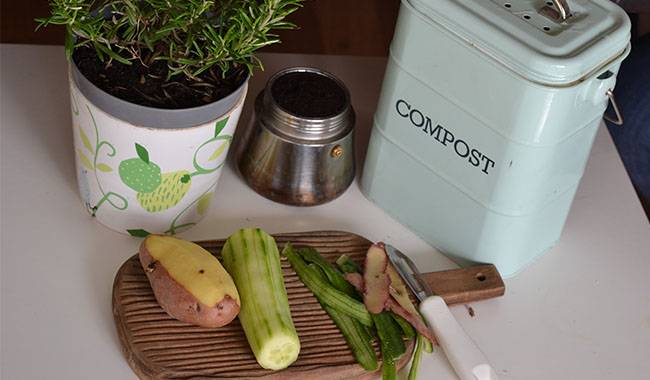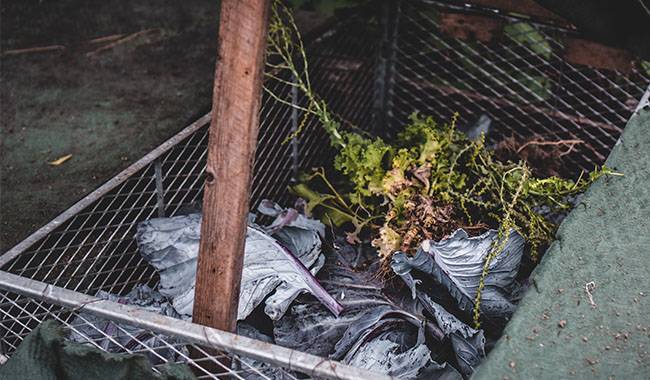
It is often said that every good gardener should have a compost pile. Producing your own compost does not require any special skills or effort on the part of the gardener, and it is virtually free. In addition, since garden and kitchen waste goes directly into the compost pile, this certainly saves energy, money, and time in buying other fertilizers, watering, and weeding, as well as the cost of removing waste. In this ThumbGarden article, let’s look at where to start with good food for plants – composting.
What is Composting
Compost (from the Latin compositus) is an organic fertilizer produced by the decomposition of various organic substances under the influence of microorganisms.
Compost increases the amount of plant-available nutrients (nitrogen, phosphorus, potassium, and others) in the organic matter, neutralize pathogenic microbiota and helminth eggs, and reduces the amount of cellulose, hemicellulose, and pectin substances (resulting in the transfer of soluble forms of nitrogen and phosphorus from the soil to less digestible organic forms for plants) and makes the fertilizer mobile, thus making it easier to apply in the soil.
Compost is applied to all crops at roughly the same rate as manure 3.3-8.8 lbs (1.5-4 kg)/11 sq ft (1 m2 ). It is applied in fallow (which means spreading it on newly tilled land, for example, before planting potatoes), under fall plowing and replanting, and in seedling wells. Compost has the same fertilizing properties as manure, with some composts (such as peat fertilizer containing phosphate meal) being more advantageous.
Benefits of Composting
Garden compost is good and profitable in all respects. When applied to the soil, it is an excellent organic fertilizer for plants, rich in essential nutrients and humus. For the soil, it is a natural soil amendment, a soil conditioner that loosens the soil and conserves moisture. When spread in layers on the soil surface, compost is an excellent organic mulch that inhibits weed growth and helps plant roots retain moisture.
The garden’s biological inhabitants appreciate compost. It is a great “dining area” for birds and small insectivores, and a prolific habitat and breeding ground for earthworms, which (along with bacteria and fungi) actually break down organic matter to produce compost.
Producing your own garden compost eliminates the need to burn garden trimmings, old leaves, paper, packaging, and cardboard, poisoning the surrounding atmosphere and neighbors with smoke. There is no need to purchase synthetic fertilizers or high-quality garden soil. It’s no exaggeration to say that producing and using your own compost makes a gardener’s life easier and helps protect the environment. Waste-free gardening and using garden compost instead of dangerous and expensive chemical fertilizers is an important part of the organic gardening concept.
Environmental Factors That Affect the Decomposition of Organic Matter
The decomposition of organic matter is influenced by many factors, of which three main ones should be emphasized.
1. Oxygen
The production of compost depends on the availability of oxygen. Aerobic decomposition means that the active microorganisms in the pile need oxygen, while anaerobic decomposition means that the active microorganisms do not need oxygen to survive and grow. Temperature, humidity, the size of the bacterial settling, and the availability of nutrients determine the amount of oxygen required for composting.
2. Humidity
Compost piles (composters) must be kept very moist, but aerobic bacteria must have access to air. Different materials have different water absorption capacities and therefore determine the amount of water required for composting. For example, woody and fibrous materials such as bark, sawdust, shavings, hay, or straw have moisture contents of up to 75-85%. “Green manures” such as lawn grasses and plants are able to retain 50-60% moisture.
The minimum moisture content for microorganisms to be active is 12-15%, with an optimum moisture content of 60-70%. Obviously, the lower the moisture content of the compost mass in the composter, the slower the composting process will be. Experience shows that if the moisture content drops below 45-50%, it may become a limiting factor.
3. Temperature
Temperature is an important factor in the composting process. Low outdoor temperatures in winter slow down the decomposition process, while high summer temperatures speed it up. During the warm months of the year, intensive microbial activity inside the compost pile results in the formation of compost at extremely high temperatures. Decomposing microorganisms fall into two main categories: mesophilic microorganisms, which live and grow at temperatures of 50-122 °F (10-50°C); and thermophilic microorganisms, which grow successfully at temperatures above 122 °F (50°C).
Most composts go through a thermophilic stage during the initial phase. During this phase, the organic matter is rapidly dehydrated and needs to be kept moist and ventilated at all times. The temperature inside the compost pile rises to 140-158 °F (60-70°C), which promotes the thermal decomposition of the organic material. This temperature kills weed seeds and many pathogenic (plant pathogen) microorganisms. However, keep in mind that a sufficient amount of organic material must be available to achieve this effect.
The next stage occurs at about 113 °F (45°C) where other microorganisms dominate and the organic material is more thoroughly decomposed. In the final stage of composting, the temperature is the same as the ambient temperature and the pile gives off an earthy odor. The material is transformed into humus.
The easiest and most effective way to speed up the composting process is to add special composting bacteria to the biomass at the initial stage of preparation. Specially selected microorganisms, firstly, immediately start processing the biomass at high speed, and secondly, the smell of grass and other unpleasant odors are almost eliminated.
A Quick Way to Produce Compost
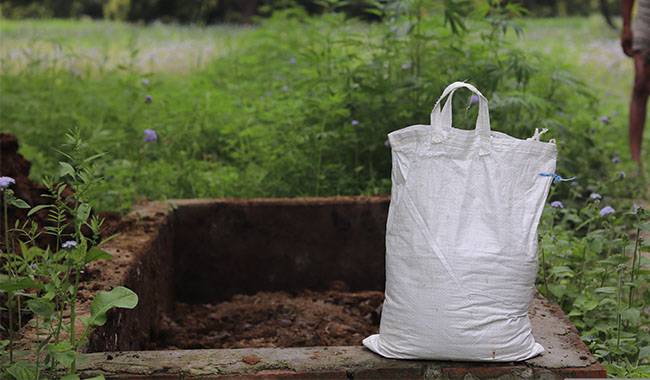
If you take tree bark, twigs, grass clippings, leaves …… and anything else you can find in your garden and pile them all up in a corner for a while (so as not to spoil the view), they will all eventually decompose and become high-quality compost. But this process will take years. This is called the slow (cold) composting method.
In contrast, the fast (hot) method takes about 3-6 months and is supported by several prerequisites: air access, nitrogen availability, humidity, and heat Large industrial composting can reach temperatures of 185 °F (85°C)!
- You will need a wooden or plastic composting structure set up in a designated area. The advantage of a wooden compost structure is that it is breathable and will keep the compost aired out. You can purchase this structure at a garden center or make your own. The volume of the wooden structure must be at least 1 cubic meter (1x1x1) in order to be successful. Plastic bins, on the other hand, hold heat well and are more mobile, and can be used in different parts of the garden. Any composting system should have a top or side opening (some plastic bins do not have a bottom or the bottom is removable) to allow easy access to the finished compost.
- Place a layer of about 4 inches (10 cm) of coarse material – straw, hay, twigs, or shrubs – at the bottom. This is to ensure drainage and air circulation.
- Place the compost materials in alternating layers. For example, place a layer of shredded paper on top of a layer of vegetable or fruit waste, then a small layer of grass clippings, then a layer of dug-up annuals, then a layer of last year’s leaves, and so on. It is important to alternate the green (“wet and soft”) layer with the brown (“dry and hard”) layer-this will ensure aeration, speed up the process, and subsequently give the finished compost a good texture. Do not push or compact the contents, as this will interfere with the composting process.
- At the top of each layer, you can add some soil or decalcified herbivore manure to speed up the composting process. Special compost “gas pedals” are available at garden centers and can be used. Freshly cut grasses and legumes, which collect nitrogen in their root systems, can also be used as catalysts in the decomposition process. Nutrient-rich plants, such as nettles, comfrey, yarrow, and dandelions, can significantly improve the quality of the finished compost.
- Cover your composting system with a top to maintain the correct moisture level and keep it warm. Plastic bins usually already have a top, but for homemade wooden garbage cans, you can use garden foil, a piece of old paratext, or something else. The ideal temperature for compost production is 122 °F (50 °C).
- Turn the contents from time to time to ensure that the compost being formed has access to air.The rotating compost bin is a relatively new invention. They are designed so that compost can be produced in a very short period of time (2-4 weeks according to the manufacturer) because the material and heat are evenly distributed within the container. The gardener needs to turn the structure only twice a day, which is easy to do with the help of special handles. The volume of this model – is 92 gals (350 liters).
- You should keep the compost moist by watering if the weather is dry (in an open slab system) or if brown matter dominates the compost content. Avoid standing water in the composting system as this hinders the decomposition process.
- Unpleasant odors from the compost contents indicate that something is not working properly. The smell of ammonia or rotten eggs indicates too much nitrogen (green) material in the compost and a lack of oxygen. In this case, you should add material containing carbon (brown).
If you’ve done it right, after a few months the contents of the compost should turn brown and have a fresh, sweet, earthy smell indicating that your compost is ready for use in your garden. If you have been gradually filling the system (which is likely to happen if you build up uninterrupted production), you should start at the bottom of the compost pile. Thus, the higher layers will move down to make room for new material at the top.
Humus from Leaves
The leaves of trees and shrubs decompose and enrich the soil with humus. A mesh box (similar to a compost bin) facilitates the preparation of leaf mulch, with each layer 4-8 inches (10-20 cm) thick and moistened with an ammonium sulfate solution. In the fall, layers of leaves and fertilizer are also placed in black, perforated (for air entry) bags, which do not take up much space.
The tied bags are placed in a remote corner of the garden, and in the spring the mulch forms inside. Leaves placed in open boxes take longer to decompose in the fresh air. Leaves from all deciduous trees and shrubs can be used for composting. Leaves of sycamore, poplar, and maple trees take longer to decompose than leaves of oak and beech trees. The leaves of evergreen plants are not suitable for use in making humus. The humus from the leaves is incorporated into the soil or used as mulch.
Application of Compost
If the compost bin is properly constructed and filled, there is no need to turn the compost, as the bedding will decompose efficiently. The maturation process is faster in the spring and summer than in the fall and winter. In warm weather, compost is ready for use after about six months. Check the condition of the pile regularly and remove the mature compost from its base if possible.
The finished compost pile is brown in color and has a crumbly, fine-grained structure. The undecomposed material serves as the base for the next pile. Cover only the mature compost, as partially decomposed compost, may contain weed seeds that can germinate. Incorporate compost into the soil at a rate of 5.5 kg/m2 during fall and winter tillage.
What Can Be Put into the Compost Pile
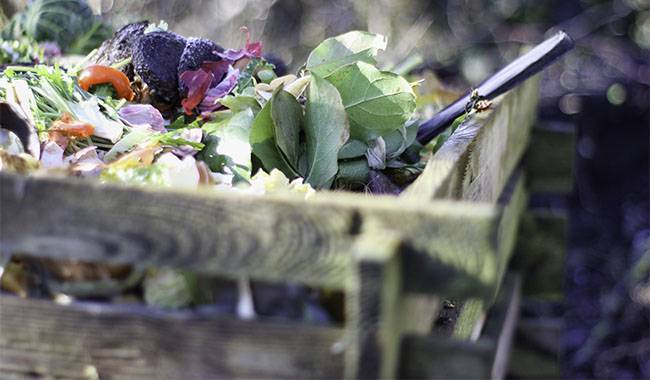
A. Household waste
- Raw vegetables, fruits, cereals, tea, and coffee
- Leftover cooked food (in the closed system)
- Meat waste (in the closed system)
- Unpainted broken wood
- Hay, straw
- Wood ashes
- Decaying feces from herbivores
- Fresh herbivore dung (in a slow pile)
- Shredded natural paper (napkins, bags, packaging, cardboard)
- Shredded natural fabrics
B. Garden waste
- Thin branches from the tree and shrub pruning
- Heavy branches, wood, bark, and roots shredded with a garden shredder
- Last year’s (semi-decomposed) leaves
- grass cut from the lawn
- Young weeds
- Marine or freshwater algae
- Other organic garden waste
What Not to Put in the Compost Pile
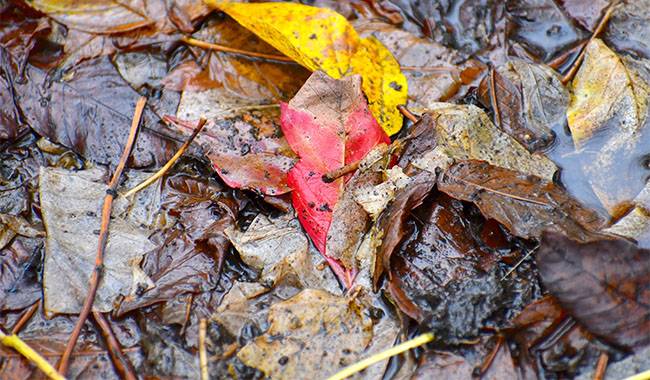
A. Household waste
- large, hard meat bones
- pet litter box
- charcoal
B. Garden waste
- Dried leaves in season
- Pruning of evergreens
- Flowering and perennial rhizomatous weeds
- Waste affected by diseases and pests
- Insect pests, their eggs, and larvae
- Waste from herbicide application (unless otherwise specified by the herbicide manufacturer)
We look forward to hearing from you and sharing your composting methods!




